Sales taxes aren’t too bad in Iowa. The state rate is 6 percent, and a 1 percent additional local tax applies in most places. Iowa’s average combined state and local sales tax rate comes to about 6.94 percent, the 29th-highest rate nationally.
Another reason to retire here: Iowa repealed its inheritance tax on Jan. 1, 2025.
Still, there is one area of concern: property tax rates. The average rate in the state was 1.43 percent of a home’s assessed value in 2023, clocking in as the 10th-highest rate in the country that year. However, qualified residents who are 65 or older can claim both:
- A property tax credit for low-income homeowners and renters, and
- A property tax exemption for the first $6,500 of their home’s assessed value.
Mississippi
Retirees have a pretty low state tax burden in Mississippi compared with other states. Traditional types of retirement income aren’t taxed, and you get an extra personal income exemption if you’re 65 or older. The income tax rate is low, too — 4.7 percent for the 2024 tax year, dropping to 4.4 percent for the 2025 tax year and 4 percent for the 2026 tax year.
As for sales taxes, when you factor in the 7 percent state rate and local rates of up to 1 percent, the state has an average combined sales tax rate of about 7.06 percent, the 22nd-highest rate in the nation. (You do have to pay sales tax on groceries, though.)
In 2023, Mississippi had the 18th-lowest average property rate in the country at 0.74 percent of a home’s assessed value. If you’re 65 or older, you might qualify for a special property tax exemption covering the first $7,500 of your home’s value.
To top it all off, Mississippi doesn’t impose an estate or inheritance tax.
Nevada
Other than a high state sales tax, Nevada retirees generally don’t pay a lot in state and local taxes. There’s no income tax, and no estate or inheritance tax for your heirs to pay when you die.
Property taxes in Nevada are low. The average rate in the state was just 0.49 percent of a home’s assessed value in 2023, which ranked as the third-lowest rate in the country that year.
However, Nevada’s sales tax is one of the highest in the nation. When you add local taxes of up to 1.53 percent to the state’s 6.85 percent tax, you get an average combined sales tax rate of around 8.24 percent, the 13th-highest out of all 50 states.
New Hampshire
In addition to no taxes on IRA or 401(k) distributions, New Hampshire has no state income, sales, estate or inheritance taxes in New Hampshire. (There was a 3 percent tax on interest and dividends greater than $2,400 for single filers and greater than $4,800 for joint filers before 2025.)
However, you’ll lose some of those tax savings if you own a home in New Hampshire. For 2023, the state had the fourth-highest average property tax rate in the country at 1.77 percent of a home’s assessed value.
Retirees might qualify for some relief, though. Residents 65 or older may be eligible for a property tax exemption from their city or town. They also might be able to defer payment of their property taxes if they’ve owned their home for at least five consecutive years.
Pennsylvania
Pennsylvania is a mixed bag when it comes to taxes on retirees. Income taxes are relatively low here, since pensions, retirement plan distributions and Social Security benefits aren’t taxed. And if you do have taxable income, it’s only subject to a 3.07 percent flat rate. Local governments can also impose their own tax, but only on earned income.
Sales taxes aren’t bad in Pennsylvania. When you combine the state sales tax of 6 percent with local sales taxes of up to 2 percent, the average rate in the state is only about 6.34 percent, the 17th-lowest in the country. Plus, there’s generally no sales tax on clothing.
But there is some not-so-good tax news for retirees in the Keystone State. The average property tax rate in 2023 was 1.35 percent of a home’s assessed value, the 12th-highest rate that year. However, older homeowners may qualify for property tax relief such as a property tax rebate of up to $1,500, a property tax “freeze” in Philadelphia, a property tax discount in Allegheny County, or property tax credits for volunteers in certain school districts.
In addition, Pennsylvania has an inheritance tax of 4.5 percent, 12 percent or 15 percent, depending on who is inheriting property.
South Dakota
The overall state tax burden for retirees in South Dakota is relatively light. For starters, there’s no state income tax at all.
South Dakota’s sales tax rates are fairly low, too — in addition to the 4.2 percent state sales tax, local governments can tack on an extra 4.5 percent. Still, the state’s average combined rate is only about 6.11 percent, the 14th-lowest rate in the country. The tax does apply to groceries, though.
There is no state estate tax or inheritance tax in South Dakota.
However, property taxes are high. For 2023, South Dakota’s average property tax rate was 1.09 percent of a home’s assessed value. Compared with other states, that was the 19th-highest rate for the year. But retirees in the state might qualify for property tax relief, such as a tax reduction, a tax refund, an assessment “freeze” or deferred payments.
Tennessee
State taxes for retirees in Tennessee are pretty low overall. There are no state income taxes eating into your retirement income — nor any other income taxes for that matter — and no state-level estate or inheritance taxes taking money out of your heirs’ pockets.
Property taxes are comparatively low. For 2023, the average property tax rate in the state was only 0.55 percent of a home’s assessed value, tied for the 10th-lowest rate in the nation. Plus, homeowners age 65 or older might qualify for a property tax reimbursement check or a property tax “freeze” program; you might also qualify for a property tax deferral program if you live in Nashville.
The caveat: If you shop a lot, Tennessee’s sales tax could take a big bite out of your savings. There’s a 7 percent statewide sales tax, plus local governments can impose a separate sales tax of up to 2.75 percent. Together, Tennessee’s average combined sales tax rate is about 9.56 percent, the second-highest in the country. Also, the state taxes groceries, though most food purchases are taxed at a lower rate of 4 percent (plus any local taxes).
Texas
Even though Texas doesn’t have income, estate or inheritance taxes, its overall tax burden for retirees isn’t necessarily as low as you might think.
One reason for that is Texas’s higher-than-average sales tax. There is a 6.25 percent state sales tax, and localities can tack on their own tax of up to 2 percent. Combined, the average sales tax rate in Texas is approximately 8.20 percent, the 14th-highest rate nationally.
Property tax bills are high here, too. For 2023, the average property tax rate was 1.58 percent of a home’s assessed value, the seventh-highest rate in the country that year.
There are some tax breaks for residents 65 or older, including special tax exemptions, assessment “freezes” and payment deferrals.
Washington
Washington has its share of ups and downs when it comes to state taxes. There’s no broad-based income tax, but there is a 7 percent tax on long-term capital gains.
Property taxes aren’t too bad in Washington. In 2023, they were the 24th-highest average tax rate at 0.84 percent of a home’s assessed value. However, homeowners 61 or older may be eligible for a property tax exemption and freeze, while a property tax deferral program is available for qualified residents 60 or older.
Still, Washington’s state sales tax rate of 6.5 percent and local rate of up to 4.1 percent brings its combined sales tax rate to about 9.43 percent, the fourth-highest in the country.
Washington also imposes an estate tax, with rates ranging from 10 percent to 20 percent, on estates valued at $2.193 million or more.
Wyoming
There’s plenty of good tax news for retirees in Wyoming. For one thing, there’s no state-imposed income tax, which means no tax on retirement income — or any other income.
Wyoming also has low sales taxes. There’s a 4 percent state tax rate, and local governments can add their own tax of up to 2 percent. As a result, Wyoming’s average combined state and local sales tax rate is about 5.44 percent, the seventh-lowest rate in the U.S.
Wyoming also boasts lower-than-average property tax rates. In 2023, the average tax rate was 0.58 percent of a home’s assessed value, the 12th-lowest rate in the country that year.
Older residents might be eligible for a property tax deferral program if they’re 63 or older and meet certain requirements. There’s also a property tax exemption for people who’ve paid property taxes in the state for at least 25 years; however, you must be 65 or older, and the exemption expires after 2026.
Finally, your heirs will be happy to know that Wyoming doesn’t impose an estate or inheritance tax.
Find Your State's Tax Guide
Learn more about your state’s tax policies and tax breaks. Check back for updates and new guides.





































































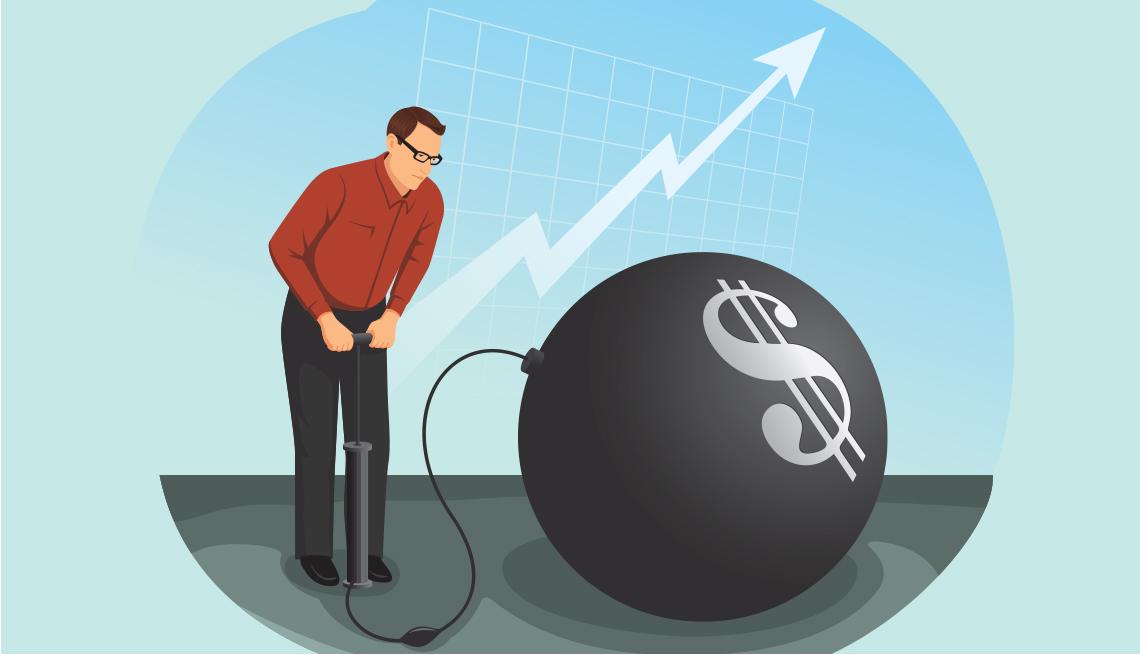




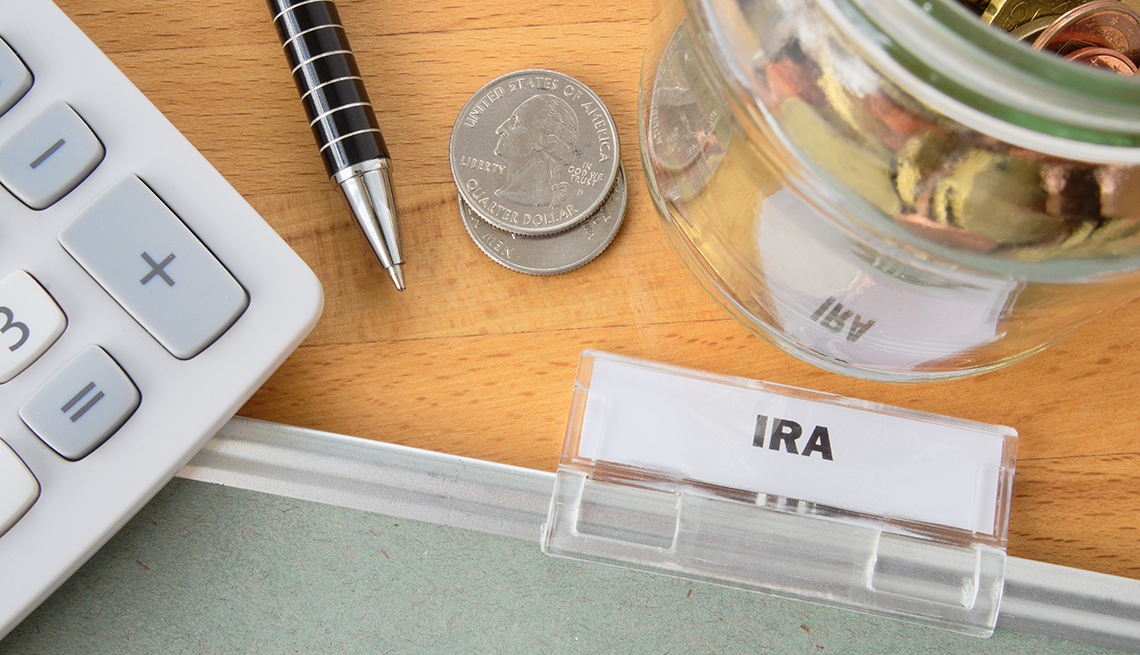
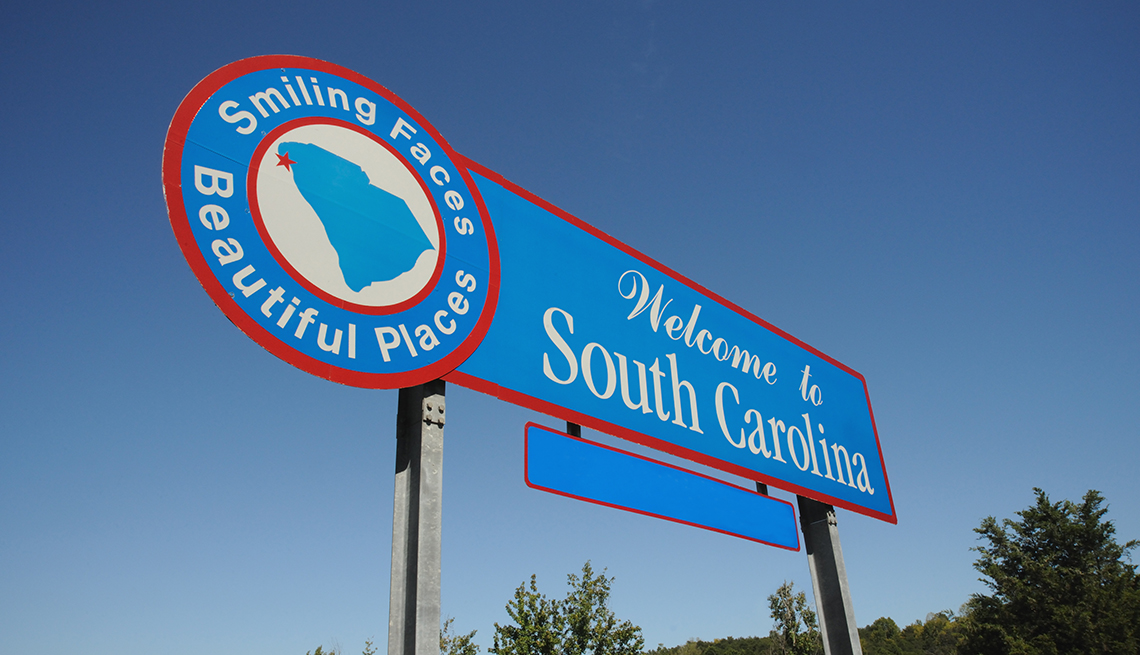
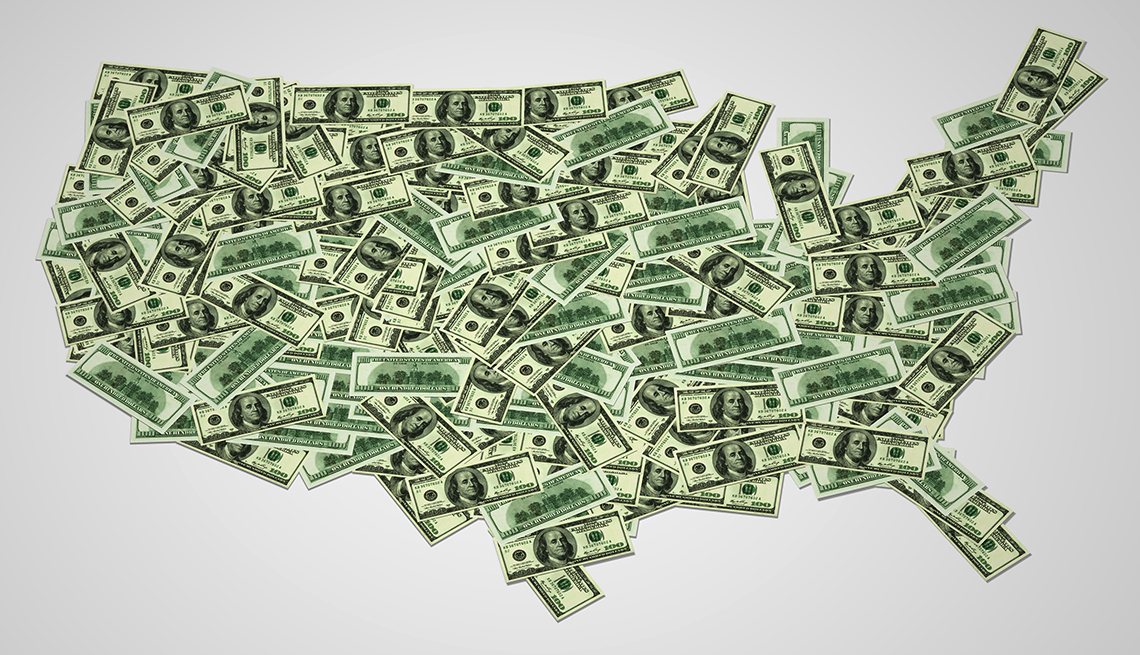




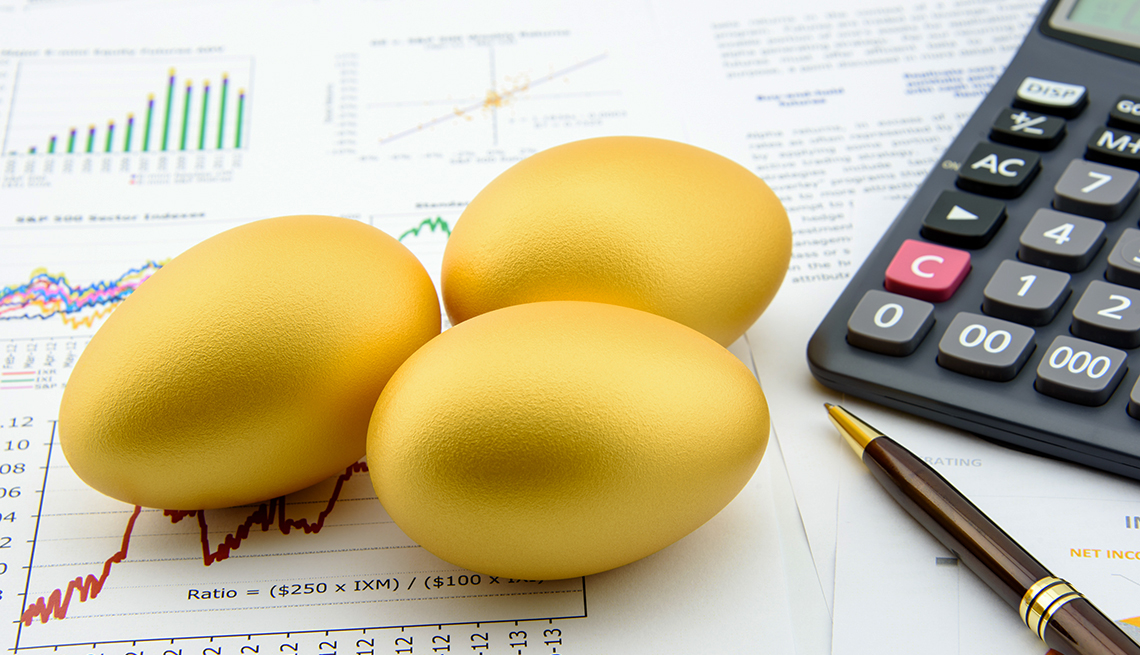







More From AARP
9 States With No Income Tax
Paychecks and retirement income escape state taxes if you live here
What Are the Tax Brackets for 2025 vs. 2024?
See how the tax brackets changed between 2024 and 2025, and estimate where your projected income will land you this year
6 Tax Breaks After 50 You Can't Afford to Miss
Uncle Sam offers a handful of perks to taxpayers of a certain age
Recommended for You